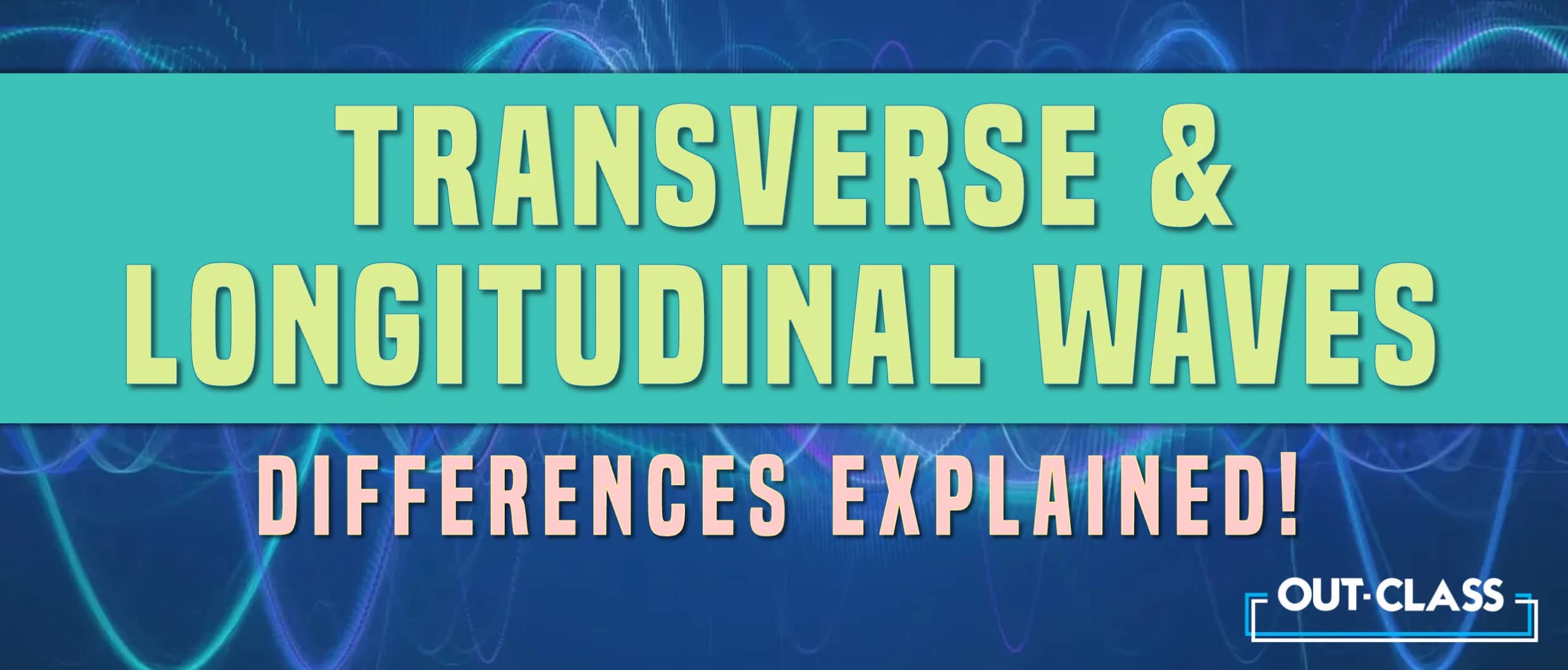"Longitudinal Wave, I am your father!" the transverse wave said after a centuries-long wave showdown. Today, we will demystify the age-old rivalry between transverse and longitudinal waves. So, grab your lightsabers (metaphorically speaking) and let's ride this wave of O Level/IGCSE Physics knowledge!
What are Transverse Waves?
Imagine a crowd doing the wave at a stadium. In a transverse wave, the particles move perpendicular to the direction of the wave itself, much like the audience members lifting their arms up and down while the wave moves horizontally. So, if you ask, "In what direction is matter displaced in a transverse wave?" The answer is simple – up and down!
What are Longitudinal Waves?
Now, let's shift gears to the longitudinal waves. Picture a Slinky toy being compressed and stretched repeatedly. In this type of wave, the particles move parallel to the direction of the wave. It's like a signal between members of the Sith, particles bumping into each other while the wave moves forward.
How are Longitudinal and Transverse Waves Different?
Here's the lowdown on how longitudinal and transverse waves are different:
Direction of Particle Motion:
In transverse waves, particles have an up-and-down motion, while in longitudinal waves, they oscillate back and forth along the same path as the wave.
Energy Transfer:
Transverse waves transfer energy perpendicular to the wave itself. In contrast, longitudinal waves transfer energy in the same direction as the wave.
Examples of Transverse and Longitudinal Waves:
Transverse waves are often found in phenomena like water and electromagnetic waves (think light). Longitudinal waves reside in powerful forces of nature, such as thunder strikes and earthquakes.
Wrapping Up
In conclusion, the battle between longitudinal vs. transverse waves may be silent. However, they play an integral role in the Force of Physics: understanding their unique properties allows us to unlock the universe's secrets. So, next time someone asks you to compare longitudinal and transverse waves, be like the Jedi.
Most Common Repeated Questions:
Unlock the secrets to acing your CAIE IGCSE & O Level exams with a sneak peek into the most frequently asked questions that have graced the past papers!
- Electromagnetic radiation is a transverse wave. Describe the difference between a transverse wave and a longitudinal wave. (2) [Oct/Nov 2021, 2023]
FAQs
Q. What is the main difference between transverse and longitudinal waves?
The main difference lies in the direction of particle motion. In transverse waves, particles move perpendicular to the direction of the wave, while in longitudinal waves, particles move parallel to the wave's direction. Both these waves come under progressive waves.
Related: What are Progressive Waves?
Q. Can you provide examples of transverse waves?
Yes, examples of transverse waves include water waves and electromagnetic waves, such as light.
Q. What are examples of longitudinal waves?
Examples of longitudinal waves include sound waves, seismic waves (earthquakes), and compression waves in gases.
Q. How does energy transfer differ between transverse and longitudinal waves?
In transverse waves, energy is transferred perpendicular to the wave's direction, while in longitudinal waves, energy is transferred parallel to the wave's direction.
Q. Can both transverse and longitudinal waves exist in the same medium simultaneously?
Yes, certain mediums can support both transverse and longitudinal waves simultaneously, depending on the nature of the disturbance.



